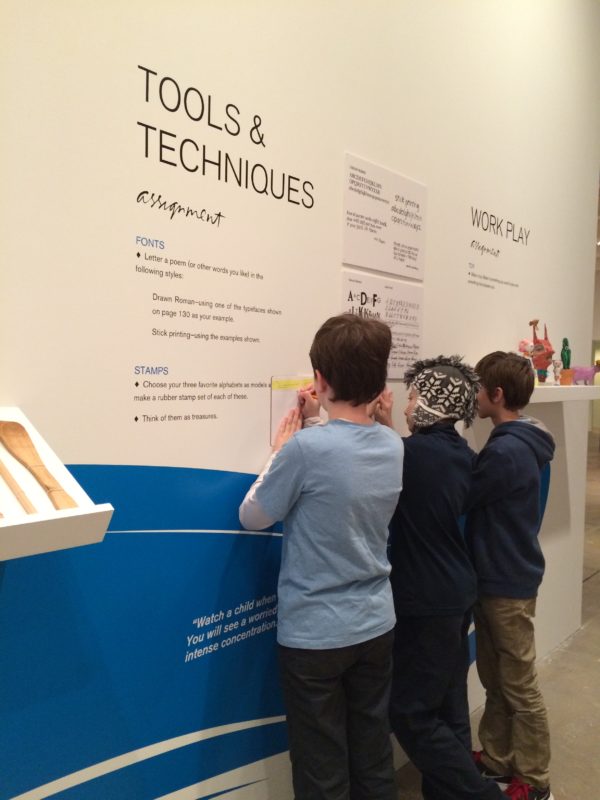Discussion Questions
Explain to students that the final step in writing a critique is to combine all of their research and analysis into one cohesive essay. To get started, discuss the steps for building a critique using the Powerpoint: Critical Response (slides 17-22).
1. Research artwork, style, historical and cultural context, formal methods, and artist’s ideas and published critiques.
2. Organize your ideas. Spend time observing the artwork. Then: a. Describe, b. Analyze, c. Interpret, d. Judge/Evaluate.
3. Ask students: Why is it important to consider both our intuitive response as well as our research when writing a critique?
Wrap-up
Review the students’ writing samples as a class. Ask the following discussion questions:
- What are the strengths and weakness of their arguments?
- Review the research components as a class (artwork and style, historical and cultural context, methods and ideas, published critiques) – What do you notice about the critiques of the two different styles? – Did some information or research inform the critiques of one style more than the other?
- What points did you find more convincing?
Extension Have your students write a critique of an artwork of their choice, performing their own research, citing sources, and synthesizing ideas.
